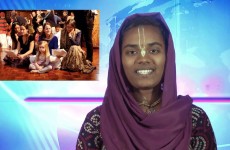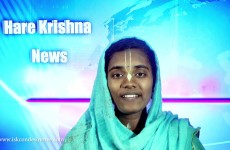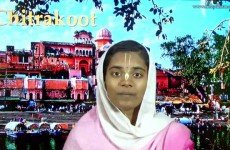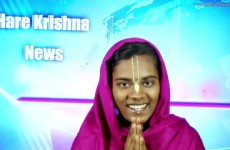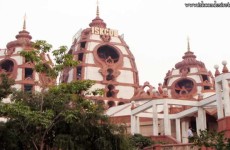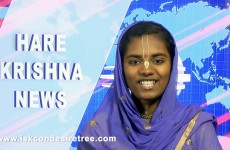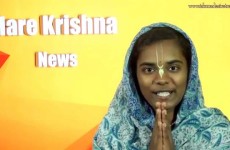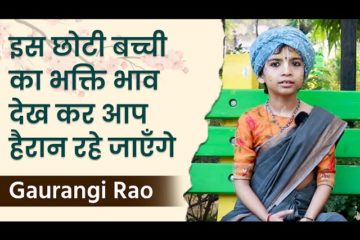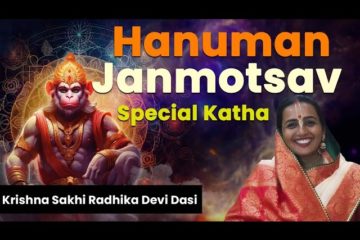The Vedic Museum – popularly known as the “Vedic Expo” – at ISKCON New Delhi’s massive Glory of India Vedic Cultural Center is in the process of adding two new exhibits. These will be incorporated into its section on the Chaitanya Charitamrita, the sixteenth century biography of Gaudiya Vaishnava Saint Chaitanya Mahaprabhu.
The first will depict Namacharya Srila Haridas Thakur, known for his dedication to chanting God’s Holy Names, sitting and performing japa meditation in Puri, Orissa with the famous Jagannath Temple in the background.
The second will feature the five most recent in the Gaudiya Vaishnava line of gurus – Jagannath Das Babaji, Srila Bhaktivinode Thakur, Gaura Kishora Das Babaji, Bhaktisiddhanta Saraswati Thakur, and ISKCON founder Srila Prabhupada. Each will be set in a different background – one sitting under a tree, another on some grass, and another on a raised asana.
“The idea is to let people know about these great acharayas and how ISKCON has come from a bona fide disciplic succession,” says technical director Niranjana Das.
The new additions will add to the appeal of the already extremely popular museum, which has drawn over three million people since it was inaugurated in April 1998 by then Indian Prime Minister Sri Atal Bihari Vajpayee.
The driving force behind this impressive project is Delhi GBC Gopal Krishna Goswami. Designed by an international bevy of talented artists including Italian musician Krishna Prema Das, photographer Nitya Tripta Dasi and American sculptor Bhaktisiddhanta Das, the museum combines Western technology and Vedic philosophy to utilize the best of both worlds. It includes several different sections, each with their own absorbing journeys into the stories and philosophy of the ancient Vedic literature.
The Vedic Safari takes visitors through the timeless epics the Mahabharata, Ramayana, Srimad Bhagavatam, and Chaitanya Charitamrita, bringing them to life with 3D displays, narrations, lighting effects, and art galleries. The Chaitanya Charitamrita section also features a replica of a fifteenth-century temple. And the Srimad-Bhagavatam section features India’s only quadroscope, a giant globe that uses a multi-video wall and a large mirror to create the effect of hundreds of screens.
The eight-room Bhagavad-gita Experience, for which Delhi 3D computer modeler Vivek Guha and UK crowd-flow consultant Brian Bath were brought in, is a half-hour dramatic tour depicting the concepts of reincarnation, divine nature, eternal time, physics, yoga and the universe through dioramas and sound and light shows.
Perhaps the piece de resistance is an animatronics stage show on the Bhagavad-gita in a 150-person-capacity hall, performed by nine robots created in Los Angeles by the same company that created the dinosaurs in the film Jurassic Park.
“There are three primary robots of Krishna, Arjuna and Srila Prabhupada in the center of the stage, which are life-sized and move even their lips, hands and eyes,” says Niranjana. “Then on each side there are partially moving robots of Srila Prabhupada – one standing on the Jaladuta steamship he took to the USA with the Boston skyline in the background, and the other sitting and writing at the Radha Damodar temple in Vrindavana. Digital surround sound, lighting effects, fog machines and a triple-screen video complete the experience.”
Read more – http://iskconnews.org/worlds-largest-bhakti-vriksha-community-hidden-in-persian-gulf,4807/














